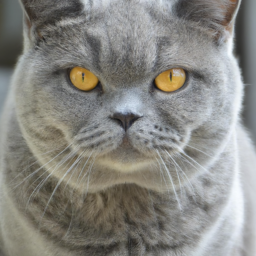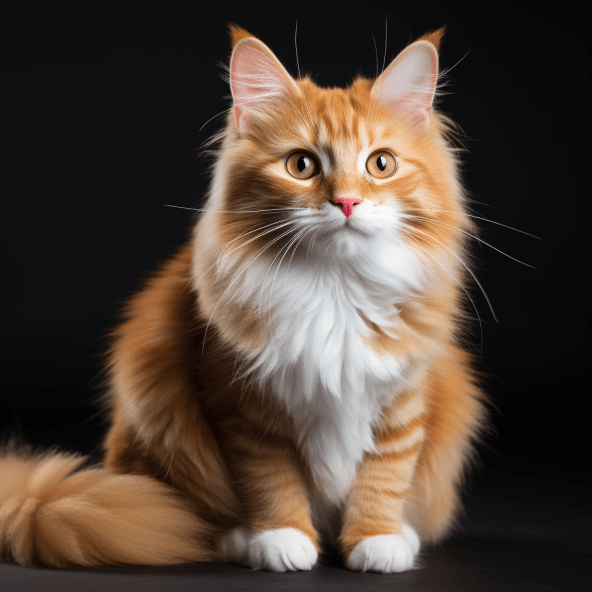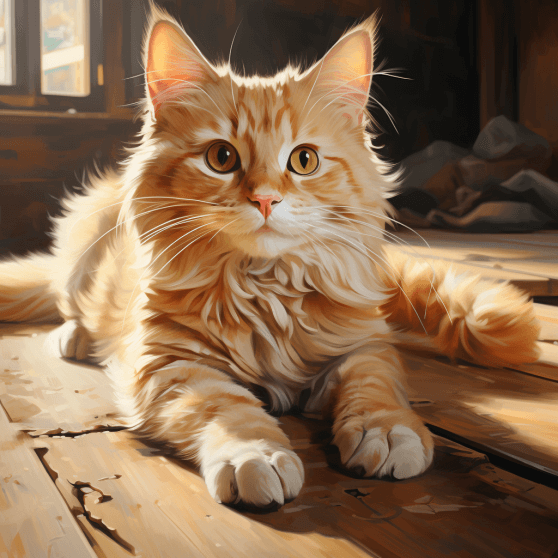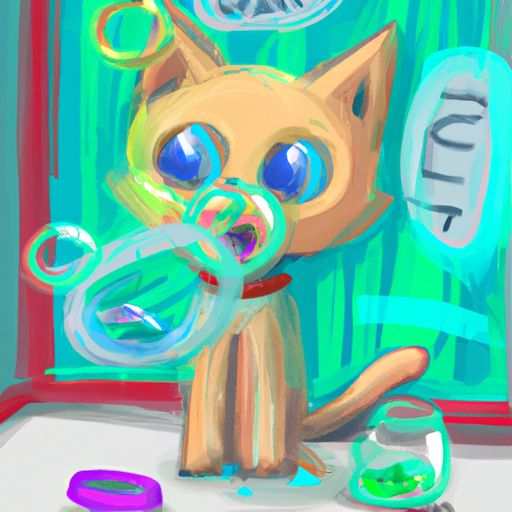British Shorthair
Prepare yourself for a journey into the world of the British Shorthair, an iconic feline breed known for their plush coats and chunky bodies. In this article, you’ll explore the endearing traits and notable features that make them such a beloved breed, from their charming, teddy bear-like appearance to their peaceful, calm demeanor. You’ll get expert tips and insightful lists, revealing what makes the British Shorthair truly unique among cat breeds. The world of the British Shorthair awaits your discovery.
Origin and History
In our quest to understand our fuzzy friends better, it’s essential we delve into the roots to understand where they come from. The British Shorthair, as the name implies, originates from Great Britain.
Origins of the Breed
The British Shorthair is one of the most ancient breeds known to us, with a history that intertwines with British history itself. They’re believed to hail from Roman domestic cats, and over centuries, they’ve successfully managed to retain their distinct robust, sturdy look. This isn’t a breed sculpted by hardcore, targeted breeding, rather, it’s a breed naturally evolved over millennia.
Development and Recognition
As for the recognition and development of the breed, the British Shorthair was first exhibited at cat shows in the late 19th Century. They were highly valued for their docile nature, good looks, and the density of their fur. They officially reached breed status in the early 20th Century and have consistently held their own since then.
Physical Characteristics
When you picture a British Shorthair, think of a sturdy, athletic cat with a pronounced muscular structure, rounded contours, and an overall ‘teddy bear’ appearance.
Size and Weight
Generally, British Shorthairs weigh in at anywhere from 9 to 17 pounds, with males typically larger than females. They’re a robust breed, with a firm muscular structure and a solid bone density.
Coat and Colours
British Shorthairs possess a dense double coat that’s plush and gives a ‘crisp’ feeling when stroked. Regarding colours, they’re most identified with the ‘British Blue’ variant, showcasing a solid blue-grey coat. But, there’s plenty of variety here, with white, black, red, cream, and various bi-colour and colour-point patterns.
Distinctive Features
Their most distinctive features include their round amber or copper eyes (colour can vary with coat), full cheeks, and a chunky body structure. The British Shorthair is indeed a chubby bundle of joy!
Temperament and Personality
The British Shorthair isn’t just a sight for sore eyes; it has a personality to match!
Behavioral Traits
British Shorthairs have a mellow, good-natured temperament. They’re neither overly playful nor too aloof, striking a balance that many find appealing. They enjoy the company of their human companions but are also independent and can keep themselves entertained when left alone.
Compatibility with Children and Other Pets
In terms of compatibility, British Shorthairs are a fantastic breed for families. They’re patient (making them great with children), and often get along well with other pets. They’re generally cool, calm and collected felines, not easily flustered by the hustle and bustle of busy households.
Health and Lifespan
Health, an integral part of comprehensive cat care, is extensively discussed when it comes to the British Shorthair.
Common Health Issues
Generally, British Shorthairs are a healthy breed. However, they can face health issues like obesity (due to their fondness for food and sitting around), dental disease, and Polycystic Kidney Disease.
Average Lifespan
When it comes to lifespan, British Shorthairs are known to be long-livers, with most reaching 14 to 20 years, provided they have a good diet, exercise, and regular vet check-ups.
Diet and Nutrition
Proper nutrition is crucial in ensuring the well-being of a British Shorthair.
Dietary Needs
The British Shorthair isn’t a particularly picky breed. Nonetheless, a balanced diet with a good mix of proteins, carbohydrates, and fats is recommended. Keep an eye on their weight, as their love for food and tendency to lounge can lead to obesity.
Common Feeding Practices
Most British Shorthair owners opt for ready-made cat food, either dry, wet or a mix of both. Feeding practices should be consistent. Engage in portion control and ensure the cat doesn’t overeat.
Care and Grooming
The British Shorthair, though independent, does need some degree of grooming and care.
Coat Care
Their dense, plush coat needs weekly brushing to keep it in top condition. During shedding seasons, more frequent grooming might be required to prevent hairballs.
Nail Care
Like other cats, their nails need regular trimming, usually every 10-14 days, to prevent overgrowth and inherent problems.
Dental Care
Regular brushing of their teeth is a good practice to prevent dental disease. They’re prone to periodontal disease, so regular dental check-ups are a must.
Exercise Needs
They’re not overly active cats, but a minimum amount of daily play and exercise is necessary for their physical and emotional well-being and to ward off obesity.
Breeding and Kittens
Breeding is a serious and deliberate task. Unless you’re a professional breeder, neutering/spaying your cat is advised.
Breeding Practices
Professional breeders usually mate British Shorthairs with the same breed to preserve their unique traits.
Kitten Development and Care
Their kittens, like most cat breeds, open their eyes around two weeks after birth and are weaned off mother’s milk by 8-10 weeks. Socializing kittens early and correctly leads to balanced, well-behaved adult cats.
Famous British Shorthairs
There are quite a few famous representatives of this breed!
In Media and Literature
The most famous British Shorthair? ‘The Cheshire cat’ from Lewis Carroll’s ‘Alice in Wonderland’. Then, there’s ‘Church’, the cat from Stephen King’s ‘Pet Sematary’, both in the book and movies.
World Record Holders
Currently, the record for ‘The Oldest Cat Ever’ is held by a British Shorthair named ‘Creme Puff’, who lived a remarkable 38 years and three days!
Adoption Tips
Adopting a British Shorthair is an exciting process, but one you want to get right.
Choosing a Reputable Breeder
Always ensure your British Shorthair is from a reputable breeder who prioritizes the health and happiness of their cats over profit.
Adopting from Sanctuaries or Shelters
Don’t forget sanctuaries or shelters. Many British Shorthairs, among others, need loving homes, and one may just be waiting for you!
Conclusion: Is a British Shorthair Right for You?
When selecting a ‘purrfect’ cat, consider your lifestyle and budget.
Lifestyle Considerations
If you’re looking for a mellow, low-maintenance cat that brings tons of charm and independence, the British Shorthair is a good fit. They get along with children and other pets, making them ideal for a family setting.
Costs of Ownership
On the financial front, remember that apart from the one-time purchase cost, regular expenses like food, vet visits, grooming supplies add up.
The British Shorthair, with its undeniable charm, easygoing character, fits well in a variety of households. Do your research, plan accordingly and if it’s a good match, you’re sure to find a lifelong, furry companion!






